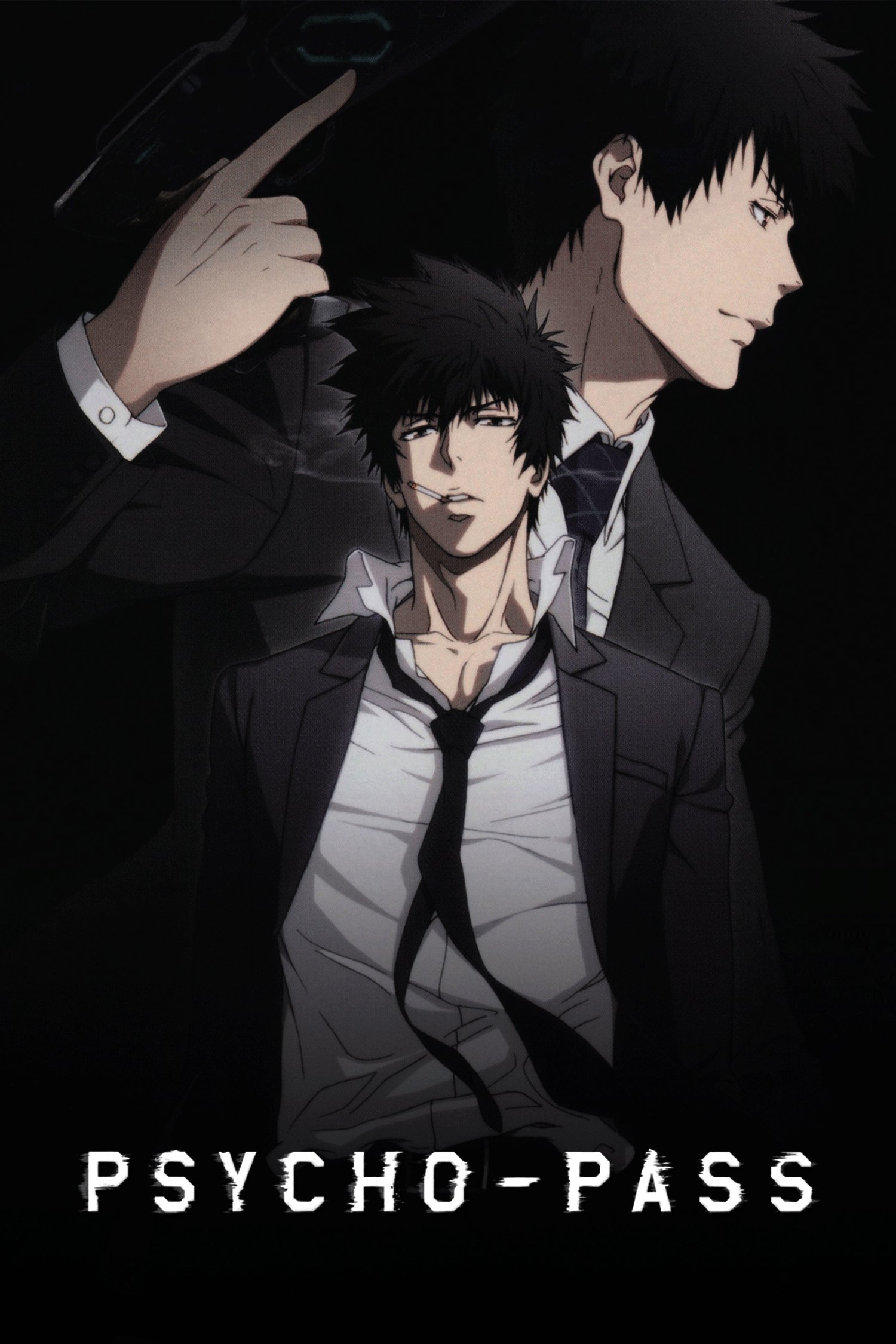
Anime has sometimes faced censorship for surprising and, looking back, odd reasons. While some bans focused on violence or mature content, others were triggered by concerns about things like schoolyard fads, specific language used in the shows, or perceived hidden meanings. Here are some notable examples of when authorities – whether national organizations, regulatory bodies, or courts – removed anime from television, stores, or streaming services, along with details about where it happened, who made the decision, and their stated justifications.
‘Death Note’ (2006–2007)

In 2015, China’s government removed the anime series ‘Death Note’ from streaming platforms due to its violent content. Concerns arose when notebooks resembling the show’s ‘death note’ began appearing in schools. Before this, local authorities had already been confiscating similar homemade notebooks, believing they were causing problems in classrooms. Between 2010 and 2013, schools outside of China also reported finding these notebooks, leading to complaints from parents and retailers voluntarily removing related products, even without an official ban. Ultimately, these events led to ‘Death Note’ being removed from major Chinese video websites and stricter control over fan-made merchandise.
‘Pokémon’ (1997– )

As a film and pop culture enthusiast, I always found the ‘Pokémon’ ban in Saudi Arabia fascinating. Back in 2001, the country’s top religious leader issued a ruling that basically outlawed all things ‘Pokémon’ – cards, games, everything. The reason? They claimed the point system encouraged gambling and that some of the imagery contained hidden Zionist symbols. It led to a big crackdown, with products being seized not just in Saudi Arabia, but also influencing restrictions elsewhere in the Gulf region. While how things played out on TV varied, the result was pretty clear: ‘Pokémon’ largely disappeared from stores and schools there. What’s really strange about this case is that the ban wasn’t about anything in the show itself, but about what people believed the symbols and game mechanics represented.
‘Shin-chan’ (1992– )

In 2012, India’s government temporarily banned the animated series ‘Crayon Shin-chan’ from a children’s channel due to complaints about its inappropriate language and humor. The show returned later that year with significant edits – dialogue and scenes were cut – to meet standards for young viewers. This led to increased scrutiny of imported cartoons and more prominent warnings for parents about content in children’s programming. The situation serves as a classic example of a show being briefly removed from the air and then reintroduced in a cleaner version.
‘Doraemon’ (2005– )

In 2013, Bangladesh’s media regulator told cable companies to stop showing the cartoon ‘Doraemon.’ The main concern was that most versions were dubbed in Hindi, which officials and parents feared would discourage children from learning Bengali and make them overly dependent on technology to solve problems. The government presented this as an issue of language and education, not simply about the show’s content. The ban initially focused on foreign children’s channels that aired ‘Doraemon,’ with enforcement levels differing between providers, but it eventually expanded. This situation also encouraged local channels to create more children’s programs dubbed in Bengali.
‘No Game No Life’ (2014)

In 2015, Chinese authorities removed ‘No Game No Life’ from streaming services, deeming its content harmful due to sexualized imagery and themes that promoted rule-breaking. Later, some Australian public libraries pulled the light novels from shelves after receiving complaints, leading to individual assessments based on their collection guidelines. While Australia didn’t ban the anime on television or in stores, the library removals highlighted concerns about the books’ appropriateness for younger readers. These actions – by both regulators and libraries – restricted access to the series through different types of oversight: online content control and library policy.
‘Highschool of the Dead’ (2010)

In 2015, China ordered the removal of the anime ‘Highschool of the Dead,’ citing its graphic violence and sexual content as the reason. This directive required online platforms to delete episodes and improve their review process before publishing content. While legal distributors and subtitling groups in China stopped releasing the show, unofficial online copies were regularly taken down. This case demonstrated how a single government notice could impact numerous shows, regardless of their genre.
‘Attack on Titan’ (2013–2023)

In 2015, Chinese authorities told local streaming platforms to remove the anime series ‘Attack on Titan’ due to its violent content. The show was cited alongside other titles for depicting ‘blood, terror, and crimes.’ This meant the entire series and its promotional artwork were taken down from these platforms to comply with the regulations. Any merchandise linked to streaming promotions was also removed or altered. Even though legal streaming was banned in mainland China, fans continued to watch the series through imported DVDs and by accessing overseas streaming services using special methods.
‘Tokyo Ghoul’ (2014–2015)

In 2015, the anime ‘Tokyo Ghoul’ was removed from major video platforms in China due to its intense violence and depictions of self-harm. Later, courts in St. Petersburg, Russia, ordered specific pages hosting the anime blocked for young viewers, believing it could harm their well-being. While Russia didn’t ban the anime entirely, local websites were required to restrict access to certain episodes. This demonstrates how different countries use varying legal methods – like official notices or court orders – to limit access to the same content.
‘Hetalia’ (2009–2010)

South Korean television canceled plans to broadcast the anime series ‘Hetalia: Axis Powers’ after groups protested its use of national stereotypes and depiction of historical events. The network pulled the show before it even aired, meaning it wasn’t shown on TV in South Korea at that time. While fans could still watch it through imported DVDs and online, this effectively banned it from television. What was unusual about this situation was that the cancellation wasn’t due to typical content concerns, but because the show featured countries as characters and people worried it would cause offense.
‘Parasyte -the maxim-‘ (2014–2015)

In 2015, Chinese authorities banned the anime series ‘Parasyte -the maxim-‘ due to its intense violence and disturbing imagery, deeming it inappropriate for online viewing. Chinese streaming platforms quickly removed episodes and all related content. Although some copies still circulated through unofficial sources, the show largely disappeared from mainstream Chinese access. This case demonstrated how easily online-only bans can remove content from a market heavily reliant on streaming services.
‘Psycho-Pass’ (2012–2019)

In 2015, the anime series ‘Psycho-Pass’ was removed from Chinese streaming platforms due to concerns from regulators about its violent content and portrayal of crime and social control. Streaming services quickly complied, taking down entire seasons and removing related recommendations. This also affected spin-off content connected to the series. As a result, while fans could still discuss and share artwork online, it became difficult to legally watch the show in China.
‘Dragon Ball Super’ (2015–2018)

In 2022, a public broadcaster in the Valencia region of Spain stopped airing the anime series ‘Dragon Ball Super’ after concerns were raised about sexist themes in the initial episodes. The channel decided not to renew its broadcasting rights, effectively removing the show from free-to-air television across the country. This led the rights holders to discuss content standards and issue statements about what they’ll look for when acquiring new shows. Interestingly, the issue wasn’t about the show’s age rating, but rather how it interpreted local equality laws.
If you’ve noticed any strange bans or changes that only happen in certain countries, please share them in the comments so we can all learn from each other!
Read More
- Fed’s Rate Stasis and Crypto’s Unseen Dance
- Blake Lively-Justin Baldoni’s Deposition Postponed to THIS Date Amid Ongoing Legal Battle, Here’s Why
- Dogecoin’s Decline and the Fed’s Shadow
- Ridley Scott Reveals He Turned Down $20 Million to Direct TERMINATOR 3
- Baby Steps tips you need to know
- Global-e Online: A Portfolio Manager’s Take on Tariffs and Triumphs
- The VIX Drop: A Contrarian’s Guide to Market Myths
- Top 10 Coolest Things About Indiana Jones
- Northside Capital’s Great EOG Fire Sale: $6.1M Goes Poof!
- A Most Advantageous ETF Alliance: A Prospect for 2026
2025-11-21 07:16